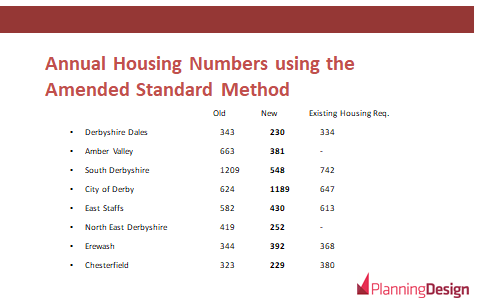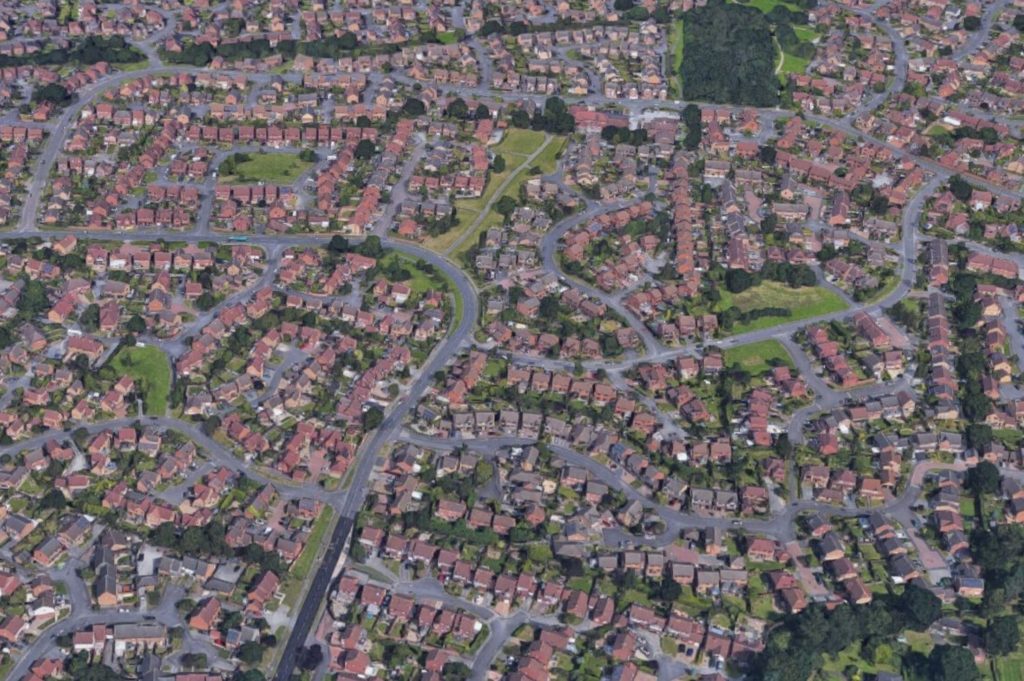The government sets a minimum housing figure for each Local Planning Authority in England. The figure is derived using the ‘standard method’ and it takes into account the need to build 300,000 new homes a year and takes into account the cost of housing with the aim of providing more housing in areas of high demand.
Using Office for National Statistics figures on new household formation, an algorithm calculates broadly the minimum number of houses that should be built each year for each local authority and this figure is also used to judge the delivery of housing, and whether extra measures are required to boost the supply of housing.
Residential housing numbers are controversial and the standard model approach has led to many conservative controlled councils’ having to accommodate large numbers of new homes and this has affected the Government’s core vote.
The anger against the outcomes of the standard model has been the driver for change but the collapse of the High Street and with the need to meet climate change; the government have decided to reduce the amount of housing built in rural districts and in the Home Counties but to increase building in the 20 largest towns and cities including London. These urban areas will have to boost housing supply by 35% with a focus on redeveloping previously developed land, converting buildings in city centres and increasing densities.
Set out below is a chart taken from a recent lecture held in Derbyshire which shows how house numbers have fallen for most authorities but rise steeply in Derby.

For most councils’, new local plans will need to allocate less land for housing, housing delivery targets will be much easier to achieve and the opportunity for speculative development will be less. However for large urban areas the pressure will be on; how combined authorities will re-act to this change is difficult to gauge, but established relationships between cities and their hinterland could be placed under stain as smaller edge of city authorities seek to protect their residents from the impact of new housing. In addition Covid has shown us the importance of minimum space standards and private open space. Combining better housing, increasing housing numbers but using less land will be a challenge indeed.
Jonathan Jenkin, Managing Director, Planning & Design Practice Ltd



